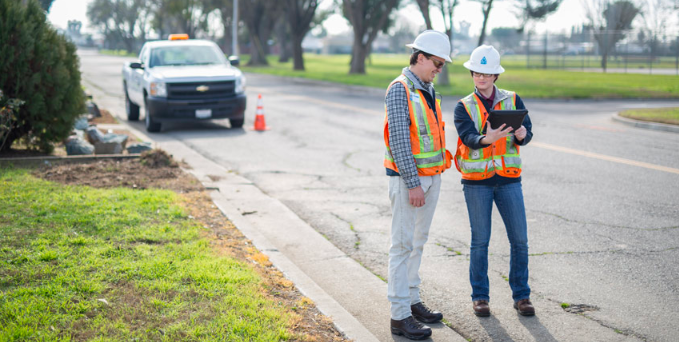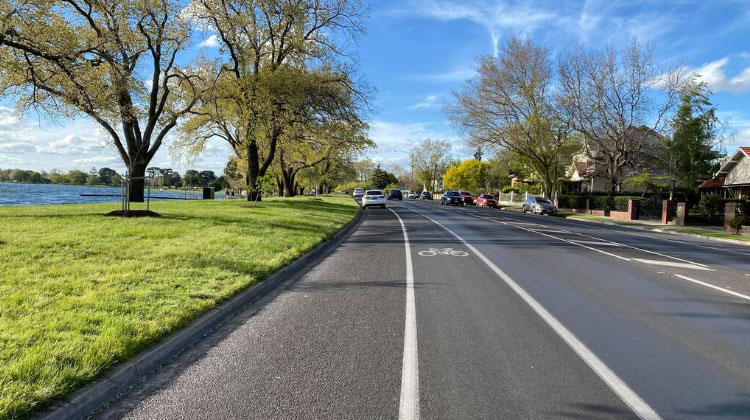
A Road Safety Audit (RSAs) plays a pivotal role in ensuring the safety of road infrastructure. This blog delves into the key features of a Road Safety Audit, emphasizing their significance in relation to design standards and guidelines for safety assurance.
Key Features of a Road Safety Audit
Road Safety Auditing involve a formal examination of future or existing road projects, assessing crash potential and safety performance. They identify risks, focus on fatal and serious injury crashes within the safe system framework, and are proactive throughout the infrastructure life cycle. RSAs are distinct from compliance checks and offer a comprehensive approach to road safety.
Who Undertakes an Audit?
Audit teams, consisting of a minimum of two accredited auditors meeting local competency requirements, conduct RSAs. Independence from the design team is crucial for new or modified designs, ensuring unbiased assessments. A senior road safety auditor must lead each road safety auditing task.
What Can be Audited?
RSAs cover a wide range of road types and situations, including new constructions, road treatments, pedestrian and bicycle lanes, and more. The type of risks identified relates to the specific project being audited.
When Can a Road Safety Audit Take Place?
Audits are applicable at various project stages, from feasibility to operation. Conducting audits during feasibility and preliminary design phases yield the greatest benefits, preventing crashes before construction begins.
Benefits and Costs of an RSA
The benefits of RSAs include reduced exposure to safety risks, lower likelihood and severity of crashes, and overall cost reduction.
- Reduced Road User Risk: By systematically identifying and mitigating safety risks, RSA minimizes road user exposure to potential hazards, fostering a safer travel environment.
- Lowered Crash Occurrence and Severity: The proactive nature of RSAs, especially when conducted during feasibility and design phases, significantly reduces the likelihood of crashes and mitigates their severity.
- Promoting Road Safety Awareness: RSAs elevate road safety consciousness among various stakeholders, including road designers, engineers, project managers, and funders. This heightened awareness fosters a safety-oriented mindset in all aspects of road infrastructure development.
- Avoiding Costly Remedial Work: Identifying safety issues early in the project life cycle allows for more cost-effective modifications. This, in turn, minimizes the need for costly remedial work after construction, reducing disruptions, trauma, and overall project costs.
While design standards and guidelines are crucial, they don’t ensure safety. Environmental complexity, inconsistent standards, and outdated guidelines can impact safety outcomes. RSAs play a crucial role in identifying and addressing these issues.
What Can be Audited and When Should a Road Safety Audit be Undertaken?
RSAs are flexible evaluations applicable to any road or road-related infrastructure at various life cycle stages. The audits align with the design process, covering the following key stages:
- Feasibility (Strategic/Concept) Audit: This initial assessment integrates safety considerations into early planning stages, establishing a foundation for road safety.
- Preliminary Design Audit: Conducted during early design phases, it identifies and addresses potential safety issues before detailed design.
- Detailed Design Audit: This phase ensures a meticulous review of safety features in the final design before construction begins.
- Pre-opening Audit: Before public opening, this audit ensures all safety measures are in place for a safe road opening.
- Immediate Post-opening/Post-completion (< 3 months) Audit: Conducted within three months of operation, it assesses implemented safety measures and identifies immediate issues.
- Existing Road (> 3 months) Audit: This audit assesses ongoing safety performance, adapting to changing circumstances.
Other Audits,
- Interim Audits: Periodic assessments between major stages for ongoing monitoring.
- Thematic Audits: Focused on specific road user needs or challenges.
- Traffic Management/Control Audits: Evaluate effectiveness of traffic measures.
- Adjacent Usage/Shared Areas Audits: Ensure safety in areas with shared spaces.
- Modern Technology Audits: Assess integration and performance of safety technologies.
- Maintainability Audits: Evaluate road’s ease of maintenance.
In conclusion, RSA is an indispensable tool for enhancing road safety. Understanding its key features, addressing challenges, and staying attuned to evolving road safety needs contribute to a safer and more reliable road network.











